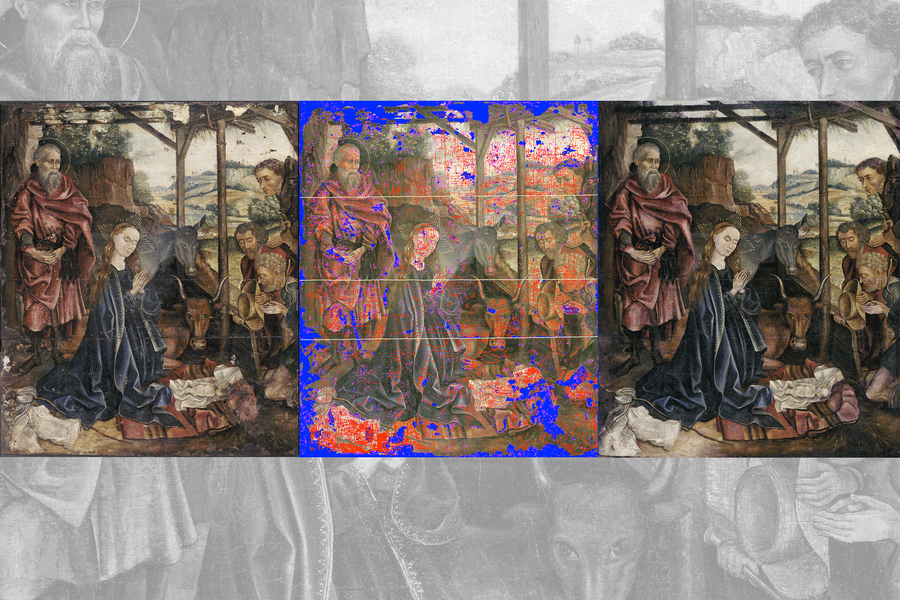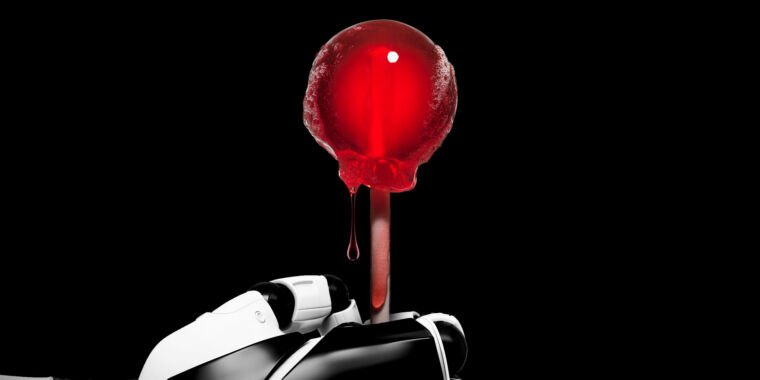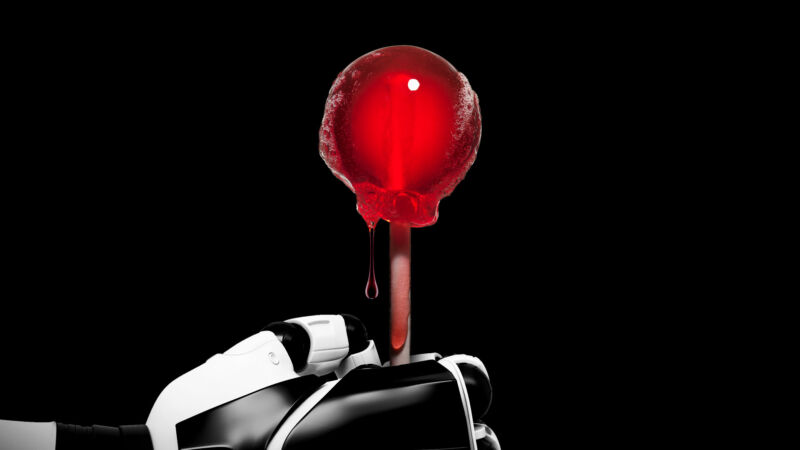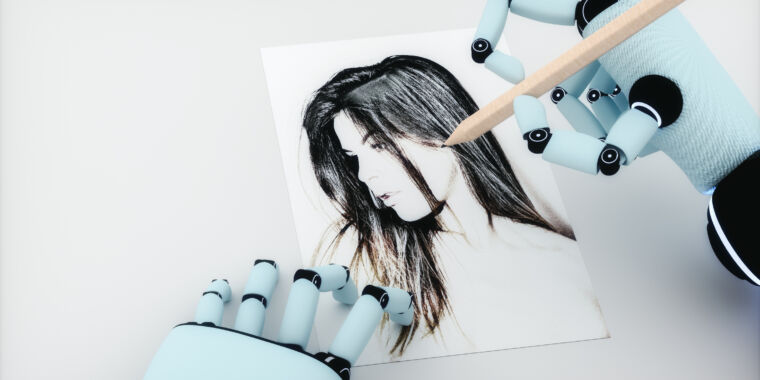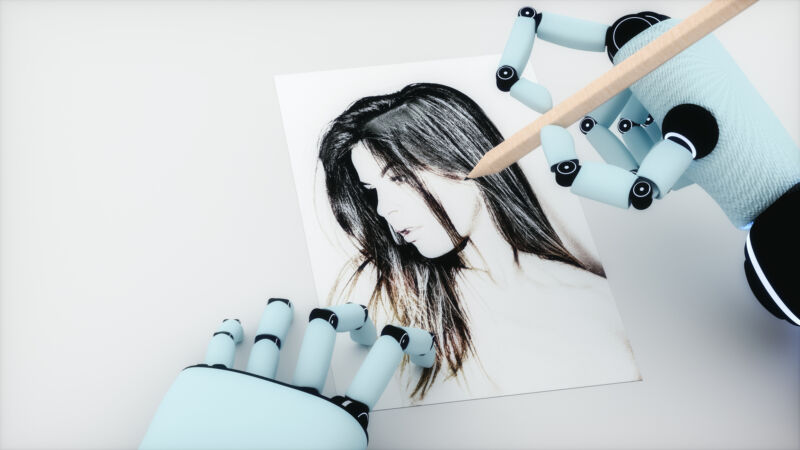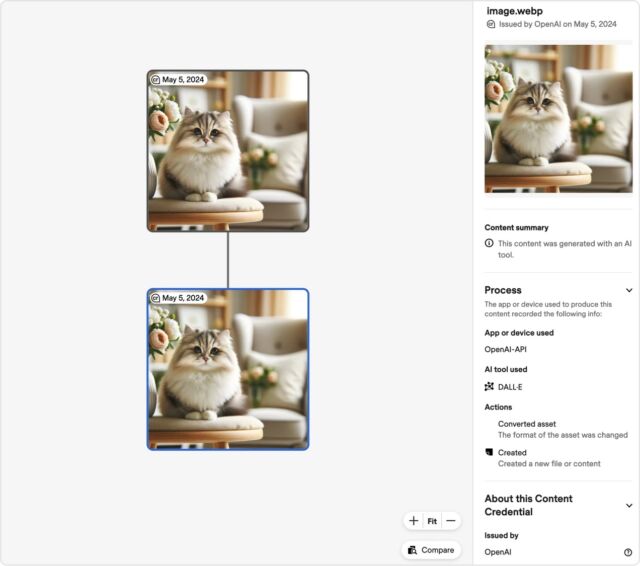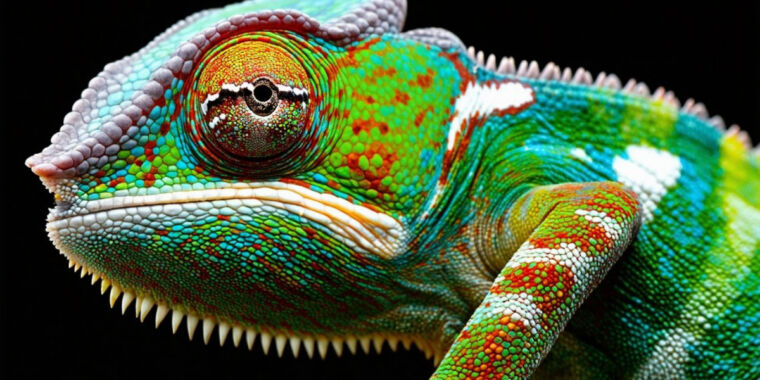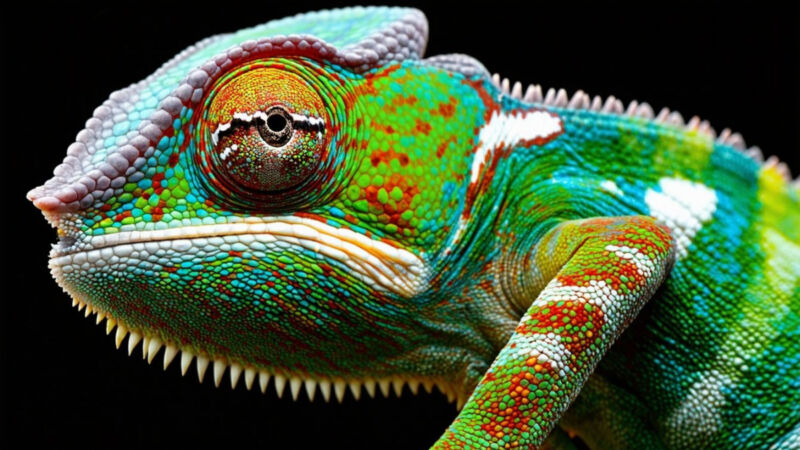MIT student prints AI polymer masks to restore paintings in hours
MIT graduate student Alex Kachkine once spent nine months meticulously restoring a damaged baroque Italian painting, which left him plenty of time to wonder if technology could speed things up. Last week, MIT News announced his solution: a technique that uses AI-generated polymer films to physically restore damaged paintings in hours rather than months. The research appears in Nature.
Kachkine’s method works by printing a transparent “mask” containing thousands of precisely color-matched regions that conservators can apply directly to an original artwork. Unlike traditional restoration, which permanently alters the painting, these masks can reportedly be removed whenever needed. So it’s a reversible process that does not permanently change a painting.
“Because there’s a digital record of what mask was used, in 100 years, the next time someone is working with this, they’ll have an extremely clear understanding of what was done to the painting,” Kachkine told MIT News. “And that’s never really been possible in conservation before.”
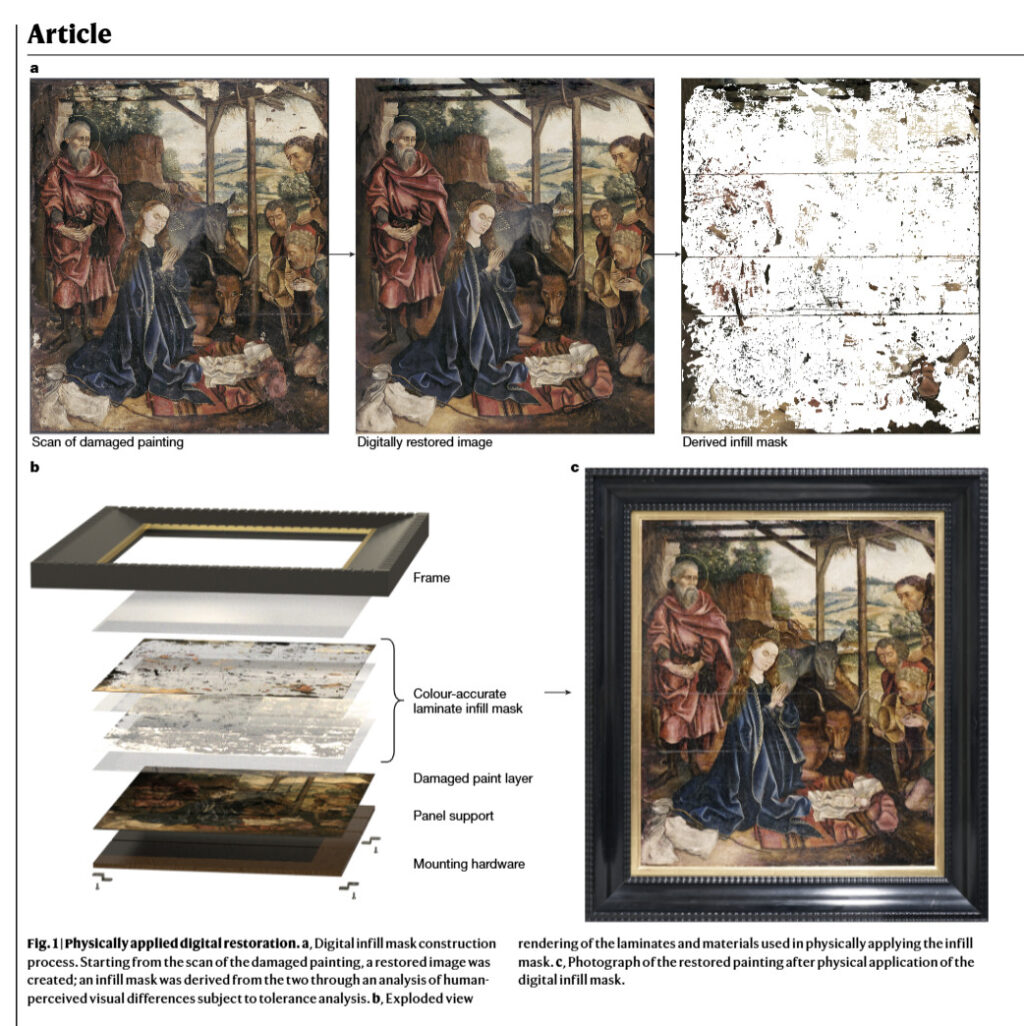
Figure 1 from the paper. Credit: MIT
Nature reports that up to 70 percent of institutional art collections remain hidden from public view due to damage—a large amount of cultural heritage sitting unseen in storage. Traditional restoration methods, where conservators painstakingly fill damaged areas one at a time while mixing exact color matches for each region, can take weeks to decades for a single painting. It’s skilled work that requires both artistic talent and deep technical knowledge, but there simply aren’t enough conservators to tackle the backlog.
The mechanical engineering student conceived the idea during a 2021 cross-country drive to MIT, when gallery visits revealed how much art remains hidden due to damage and restoration backlogs. As someone who restores paintings as a hobby, he understood both the problem and the potential for a technological solution.
To demonstrate his method, Kachkine chose a challenging test case: a 15th-century oil painting requiring repairs in 5,612 separate regions. An AI model identified damage patterns and generated 57,314 different colors to match the original work. The entire restoration process reportedly took 3.5 hours—about 66 times faster than traditional hand-painting methods.
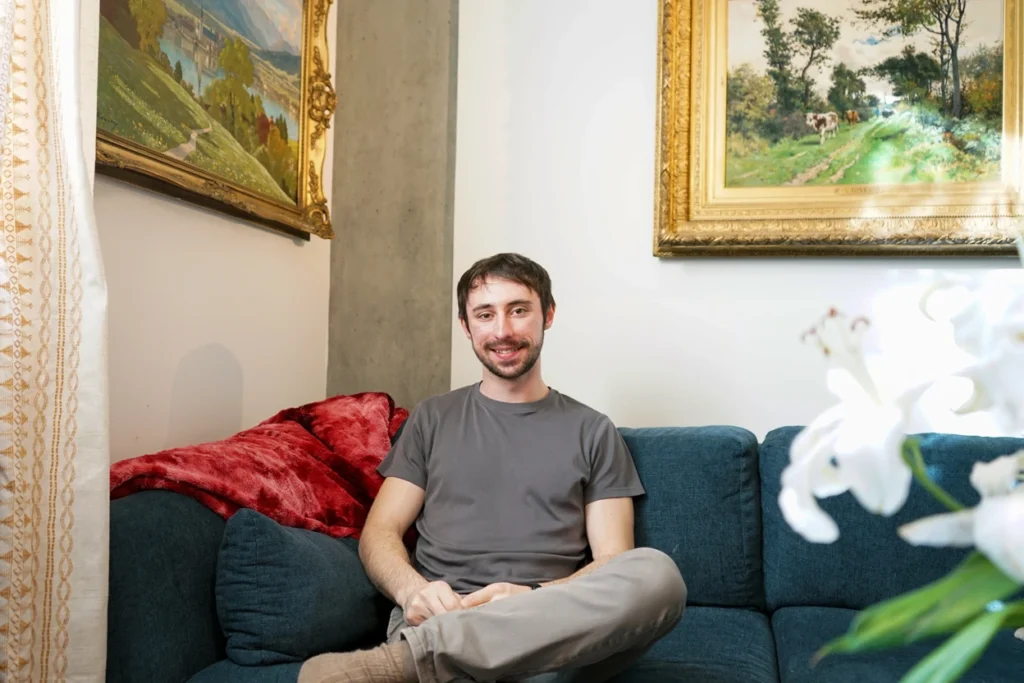
Alex Kachkine, who developed the AI-printed film technique. Credit: MIT
Notably, Kachkine avoided using generative AI models like Stable Diffusion or the “full-area application” of generative adversarial networks (GANs) for the digital restoration step. According to the Nature paper, these models cause “spatial distortion” that would prevent proper alignment between the restored image and the damaged original.
MIT student prints AI polymer masks to restore paintings in hours Read More »
